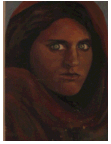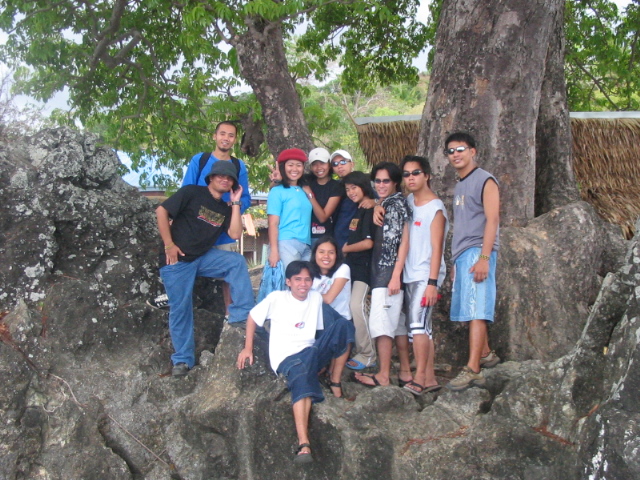![]()
|
|
|
|||||
|
|
||||||
June 7 — Just when you thought it was safe to go in the water, a new supercomputer model predicts that meteors and asteroids splashing down in the oceans can create waves twice as big, but slower moving, than previous estimates.
In other words, if Earth gets walloped by a sizable chunk of cosmic debris, there's more time to run from the wave, but a much wider potential destruction zone, say researchers at Los Alamos National Laboratory, where the simulations were created.
The results of the
study were presented June 5 at the American
Astronomical Society meeting in Albuquerque, N.M.




 Ruzzel b. Morallos
Ruzzel b. Morallos Reynaldo Dela Pena
Reynaldo Dela Pena Nestor Cancan
Nestor Cancan





